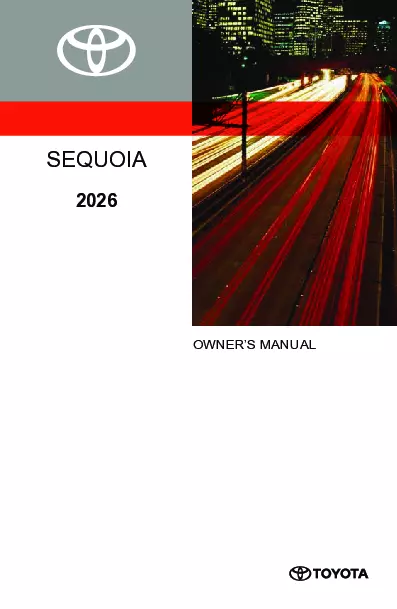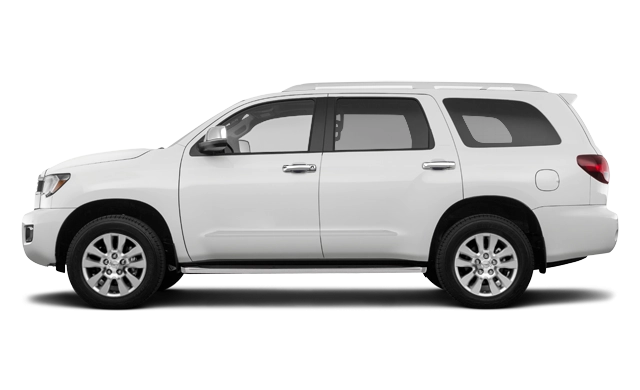2026 Toyota Sequoia Owner's Manual

Table of Contents
2026 Toyota Sequoia Overview
Owner's Manual
The owner manual is one of the resource guides that every owner of the Toyota Sequoia 2026 should have because it is a detailed manual to understanding of the features, controls and maintenance of the vehicle. On its pages, you will be in a better position to have clear information on how to operate your Sequoia safely and efficiently including suggested driving habits and precautions. The manual also gives information of the routine maintenance schedules and the owners will be able to maintain their car in optimal shape. It also contains the tricks to troubleshooting so that you will be equipped with the information that you can use to solve the small problems before it grows out of proportions. You can also save your investment by following the instructions and recommendations of the manufacturer by getting acquainted with the owner manual and you not only improve your driving adventure, you are also saving.
Introduction
The 2026 Toyota Sequoia is one of such outstanding full-size SUVs that uses power, luxury, and versatility in the most appropriate way possible. Extremely family and adventure friendly, the vehicle has the capacity of carrying eight passengers, so all are guaranteed of a lot of space to accommodate themselves and their equipment. The Sequoia has been upgraded with advanced technology to give the driver an edge in driving both in the streets and off-road tours. This SUV is ready to get you anywhere the road can go because it is a powerful vehicle with a well planned design.
Powertrains
The Sequoia has a strong i-FORCE MAX hybrid engine with impressive horsepower and torque that will meet all your towing and hauling requirements. This engine is fitted with a very smooth 10-speed automatic gear box that gives a smooth acceleration with maximum fuel efficiency. The smart four-wheel drive system is aimed to provide better traction on different grounds and thus the Sequoia becomes the best option to those who like outdoor activities and those who need the reliable output in a wide range of driving conditions.
Trims
The 2026 Sequoia is available with various trim levels that suit various lifestyles and preferences. Starting with the well-equipped base SR5, with the most basic comforts fitted, all the versions are made to suit the different needs. The upper trims demonstrate the use of modern technologies, quality material and exclusive styling that enable customers to select the appropriate one that fits their lifestyle and financial means.
Features
The Sequoia is loaded with new technologies and is focused on comfort and connectivity. There is a roomy interior with three seating rows, rear seat entertainment systems and modern climate control. The infotainment system is intertwined with smart phones and it provides navigation, streaming music and hands free communication. The safety features are numerous such as Toyota Safety Sense technologies which will give one the confidence to go on any trip. The 2026 Toyota Sequoia provides a wide range of cargo space and powerful towing ability, to offer functionality and fun on the road.
User manual download
The Toyota Sequoia owner manual for the 2026 model year is to be found in PDF downloadable format on this page. The owner manual for the model year 2026 is free and in English, but the repair manuals are usually not easy to get and may cost more.
Manual Questions
Fill the form below and someone will help you!

